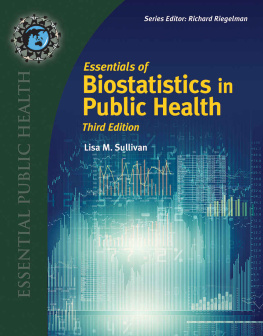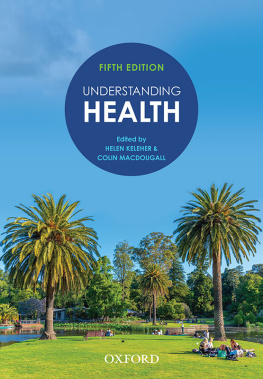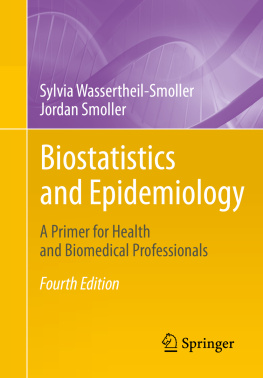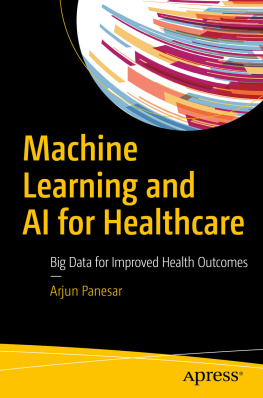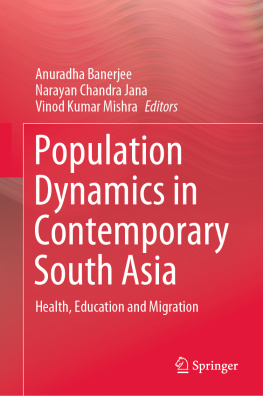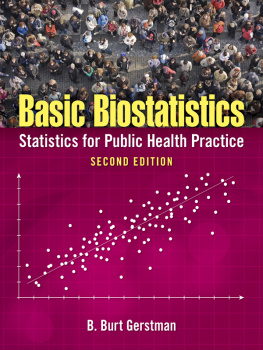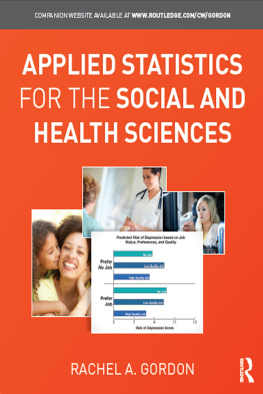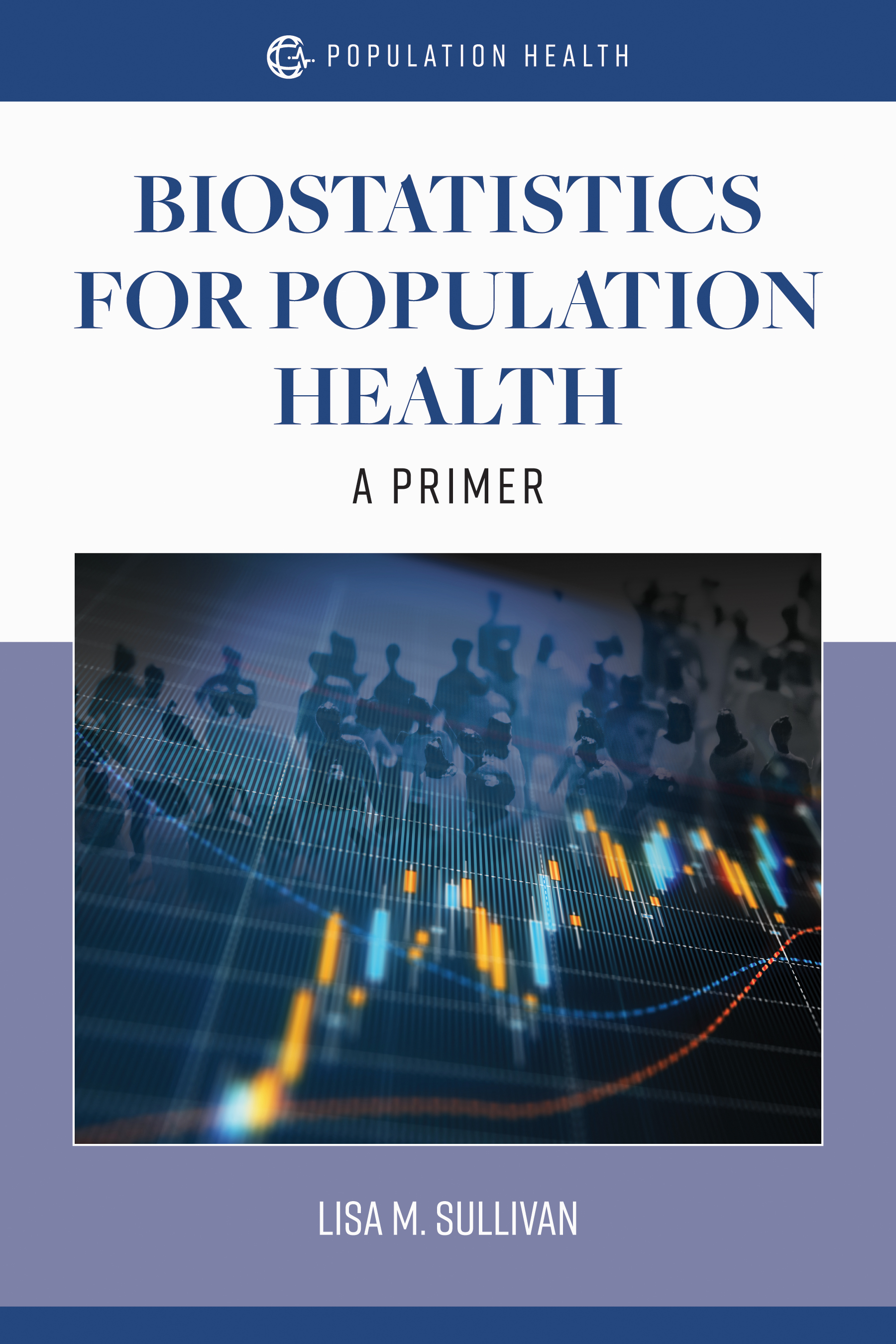Contents
Landmarks

World Headquarters
Jones & Bartlett Learning
5 Wall Street
Burlington, MA 01803
978-443-5000
www.jblearning.com
Jones & Bartlett Learning books and products are available through most bookstores and online booksellers. To contact Jones & Bartlett Learning directly, call 800-832-0034, fax 978-443-8000, or visit our website, www.jblearning.com.
Substantial discounts on bulk quantities of Jones & Bartlett Learning publications are available to corporations, professional associations, and other qualified organizations. For details and specific discount information, contact the special sales department at Jones & Bartlett Learning via the above contact information or send an email to .
Copyright 2021 by Jones & Bartlett Learning, LLC, an Ascend Learning Company
All rights reserved. No part of the material protected by this copyright may be reproduced or utilized in any form, electronic or mechanical, including photocopying, recording, or by any information storage and retrieval system, without written permission from the copyright owner.
The content, statements, views, and opinions herein are the sole expression of the respective authors and not that of Jones & Bartlett Learning, LLC. Reference herein to any specific commercial product, process, or service by trade name, trademark, manufacturer, or otherwise does not constitute or imply its endorsement or recommendation by Jones & Bartlett Learning, LLC and such reference shall not be used for advertising or product endorsement purposes. All trademarks displayed are the trademarks of the parties noted herein. Biostatistics for Population Health: A Primer is an independent publication and has not been authorized, sponsored, or otherwise approved by the owners of the trademarks or service marks referenced in this product.
There may be images in this book that feature models; these models do not necessarily endorse, represent, or participate in the activities represented in the images. Any screenshots in this product are for educational and instructive purposes only. Any individuals and scenarios featured in the case studies throughout this product may be real or fictitious, but are used for instructional purposes only.
34820-0
Production Credits
VP, Product Management: Amanda Martin
Director of Product Management: Laura Pagluica
Product Manager: Sophie Fleck Teague
Product Specialist: Sara Bempkins
Project Manager: Jessica deMartin
Project Specialist: David Wile
Digital Project Specialist: Rachel DiMaggio
Senior Marketing Manager: Susanne Walker
Manufacturing and Inventory Control Supervisor: Therese Connell
Composition: codeMantra U.S. LLC
Project Management: codeMantra U.S. LLC
Cover Design: Kristin E. Parker
Text Design: Kristin E. Parker
Senior Media Development Editor: Troy Liston
Rights & Media Specialist: Maria Leon Maimone
Cover Image (Title Page, Chapter Opener): MicroStockHub/iStock/Getty Images Plus/Getty Images; Zenza Flarini/Shutterstock
Printing and Binding: McNaughton & Gunn
Library of Congress Cataloging-in-Publication Data
Names: Sullivan, Lisa M. (Lisa Marie), 1961- author.
Title: Biostatistics for population health: a primer / Lisa Sullivan.
Description: Burlington, MA: Jones & Bartlett Learning, [2021] | Includes bibliographical references and index. | Summary: This short format primer will provide foundational coverage of biostatistical concepts and applications for health professionals. It will use examples that are relevant for clinical and health professionals specifically Provided by publisher.
Identifiers: LCCN 2019051160 | ISBN 9781284194265 (paperback)
Subjects: MESH: Biostatisticsmethods | Population Healthstatistics & numerical data | Statistics as Topic
Classification: LCC QH323.5 | NLM WA 950 | DDC 570.1/5195dc23
LC record available at https://lccn.loc.gov/2019051160
6048
Printed in the United States of America
24 23 22 21 20 10 9 8 7 6 5 4 3 2 1

MicroStockHub/iStock/Getty Images Plus/Getty Images; Zenza Flarini/Shutterstock
Contents

MicroStockHub/iStock/Getty Images Plus/Getty Images; Zenza Flarini/Shutterstock
Acknowledgment
I am grateful for the support of so many people. First, many thanks to Dr. Richard Riegelman for his unending enthusiasm, vision and valuable feedback. Thank you to Kevin Green, Nina Huttemann, Ryan Sullivan and Kim Dukes for their careful review and suggestions for improvement. I am forever thankful to so many extraordinary students and colleagues with whom I have the privilege to work at the Boston University School of Public Health. And finally, thank you to my family and friends who support and inspire me every day.

MicroStockHub/iStock/Getty Images Plus/Getty Images; Zenza Flarini/Shutterstock
Introduction
Improving the health of populations takes coordinated efforts that address individual, social, environmental, economic, and political factors. Data are key in improving population health. We need data to describe the burden of disease, quantify associations between risk factors and outcomes, shine a light on inequities in health outcomes, and evaluate whether treatments and interventions are effective in reducing disease and promoting health. But to be useful, data must be relevant, carefully collected, managed, analyzed, and interpreted.
In this primer, we review approaches and techniques in applied biostatistics that are regularly used by health professionals to turn data into knowledge for action. We illustrate computations using simple, but realistic, examples and paying special attention to appropriate interpretation of biostatistical results.
The primer is organized into three units:
In , we discuss techniques for summarizing data for decision making. We begin by defining different types of variables (also called data elements) and how they are measured. We then discuss popular methods for summarizing different types of variables. We define and contrast rates, proportions, and ratios and how they are used in population health studies. We conclude with a brief discussion of graphical displays of data, which are particularly powerful in translating biostatistical results to both scientific and lay audiences.
In , we discuss associations between two variables. In many biostatistical applications, we are interested in the association between a risk factor and an outcome. Is a particular behavior associated with a better health outcome? Does a particular policy adversely affect health outcomes? Are individuals with a particular genetic makeup more susceptible to disease? Is a new treatment safe and effective?
We begin by reviewing key concepts in probability as these underpin the techniques we use to quantify associations. We then discuss screening and diagnostic tests and, more specifically, how to assess the performance of screening tests for improving health. We then move on to statistical inference, where we apply biostatistical techniques to make inferences about populations based on the analysis of samples. We focus on appropriate interpretation of statistical results, recognizing uncertainty and avoiding overstating the results, which often occur in the translation of statistical findings. We discuss confidence interval estimates and procedures for hypothesis testing in detail.


